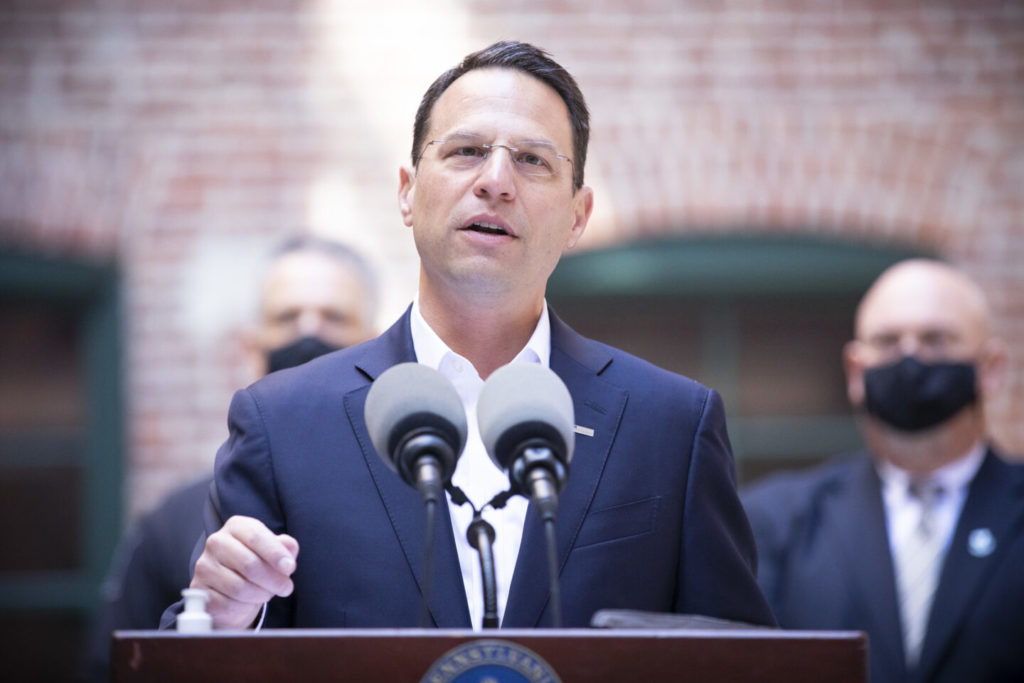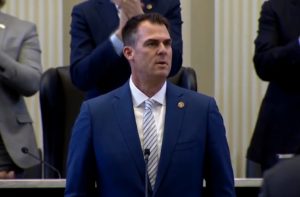Bipartisan school choice embrace reframes state budget negotiations
(The Center Square) – Bipartisan embrace of a state-funded school choice program reframed budget negotiations this week as Gov. Josh Shapiro stands by a campaign promise that’s riled many of his…

(The Center Square) – Bipartisan embrace of a state-funded school choice program reframed budget negotiations this week as Gov. Josh Shapiro stands by a campaign promise that’s riled many of his Democratic allies.
At the center of the controversy lies a bill quietly introduced in the Senate earlier this month to set aside a pot of money for the Lifeline Scholarship Program. This is a grant fund for students assigned to low-performing schools that could cover the cost of tuition, tutoring and other educational expenses outside of the public system.
“I have been very clear that I am open to that concept,” Shapiro recently told Fox News. “But I’ve also made crystal clear that I won’t take a dollar out of public schools to achieve that. We’ve got to invest more in our children, not less.”
The state’s largest teachers union and other education advocacy organizations that align with Democratic lawmakers, however, believe the two ideas are mutually exclusive, “irresponsible” and represent “the height of hypocrisy.”
Critics also point to a recent court ruling that deemed Pennsylvania’s public education funding system unconstitutional. They say the state needs to invest more money into low-performing districts, not siphon taxpayer support for those schools into private and religious institutions.
Supporters – like Troy Carter, from the One Way Out Initiative – scoff at the notion, saying the “give us more money” plan has never worked.
“People are strongly opposed without a legitimate reason,” he said. “While they decide to punt, these kids are continuously falling behind.”
Carter, a music producer and Philadelphia native, said data shows – despite spending more than $25,000 per student in the city – students can’t read and “fail” across the board.
State data shows 382 low-achieving schools – defined as falling within the bottom 15% – across 76 districts, with a total enrollment of roughly 191,000 students. In total, 500 school districts enroll more than 1.5 million Pennsylvania students.
Critics said last week the program would be costly and duplicative of existing business tax credit programs that pay private school tuition for low-income students. In March 2022, a coalition of education groups – including the state’s largest teachers’ union – said a similar bill would cost Pennsylvania $170 million each year if just 10% of eligible students applied.
Supporters challenge that math, saying states save money when students instead attend nonpublic schools or enroll in online programs. A 2021 Ed Choice study concluded that school choice programs – across 19 states and Washington, D.C. – generated between $1.80 and $2.85 in savings for every dollar spent on the programs. The savings result from an enrollment shift that lessens the strain on the public school system.
“The numbers don’t lie,” Carter told The Center Square. “Men lie, women lie, numbers don’t.”
He also praised Philadelphia Democratic lawmakers that have bucked the party in support of school choice – including Sen. Tony Williams and state Rep. Amen Brown. He described them as people “who are brave and understand the problem and want to really do work on behalf of the poor constituents that they represent.”
He said the rest fear losing the financial support of unions and, ultimately, losing reelection.
“Change is hard,” Carter said. “At some point we’re going to come to the consensus that we need to try other things, and I would’ve thought we were already at that consensus when you look at all of the data.”
Although the Democratic-majority House can effectively block the proposed bill, enabling legislation could find its way into the budget that’s due Friday. Senate Republicans, a comfortable majority of the chamber, have described the lifeline scholarship program as a “top priority” and could likely use it as a bargaining chip.
Earlier this month, House Democrats advanced a more expensive version of Shapiro’s March budget proposal that devotes more spending to education, programs for seniors and veterans, child care affordability, crime prevention and postpandemic health care recovery, among other priorities.



